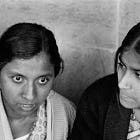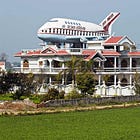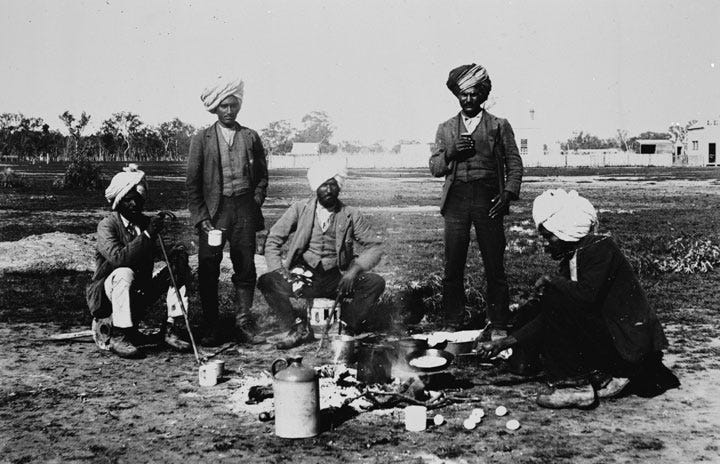Welcome to the Brown History Newsletter. If you’re enjoying this labor of love, please do consider becoming a paid subscriber. Your contribution would help pay the writers and illustrators and support this weekly publication. If you like to submit a writing piece, please send me a pitch by email at brownhistory1947@gmail.com. Don’t forget to check out our SHOP and our Podcast

Recommended Reads:
The India-Australia Story You Don’t Know
Links between Australia and India are long standing and diverse. Geologists and scientists have uncovered several connections. Although now separated by thousands of kilometers of ocean, both countries were part of the ancient supercontinent Gondwana over 140 million years ago, and have rich deposits of similar sedimentary rock formations. DNA evidence has revealed genetic relationships between plants, certain ancient marsupials and even people. There is evidence of migration of Indians to Australia around 4000-5000 years ago based on DNA and similarities in linguistic structures between Aboriginal Australians and Tamils.
However, scholars in both countries have lagged behind in examining the socio-economic-political connections in the more recent past, particularly those created by the British East India Company and the British Government. The political climate of that era could have been a significant impediment. To serve its interests, Britain often controlled information and academic exchanges, possibly limiting genuine scholarly interaction between colonies that might highlight colonial exploitation and increase demands for autonomy or independence.
The White Australia policy (1901-1973) significantly affected immigration and how Australia’s history was constructed. This policy fostered a narrative emphasizing the European (particularly British) heritage of Australia while ignoring or downplaying the presence and contributions of non-European groups. Dominant historical narratives ignored even the First Nations peoples who had inhabited Australia for 60,000 years, or presented them in a way which reinforced racial hierarchies.
Racial barriers persisted until decolonization following World War II. In some cases, this took even longer. Although the rules did not stop Indian migration totally, they did mean that very few Indians lived in “White Australia”. In 1921, there were only 2,000 Indians in Australia. While they provided valuable labor and services, there was no interest in acknowledging or recording their contributions.
Indian scholars’ neglect of the contributions of Indians to Australia in this period was most likely connected to the struggle for independence and parallel movements for social reforms. During this period, the flow of information between India and Australia was minimal. Indian intellectuals would have had limited exposure to the details of Indian communities in Australia or may have been reluctant to explore these contributions because they were often overlooked or downplayed in Australia itself.







